Restorations

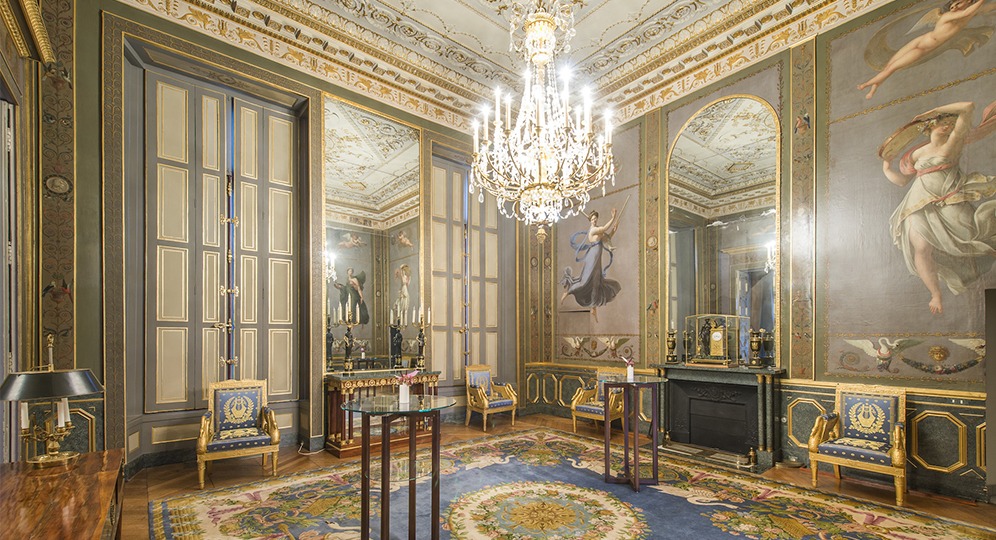
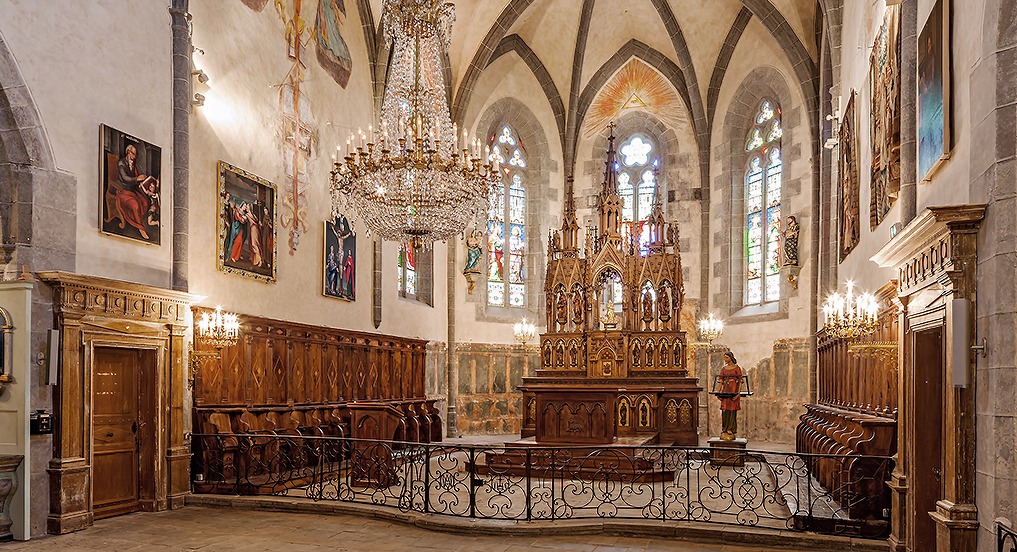

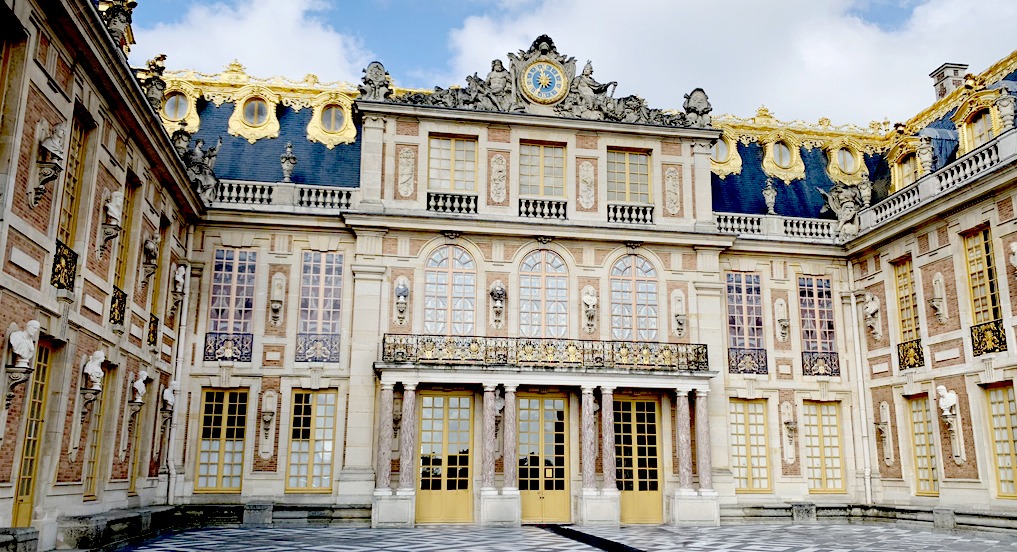
The restoration of historical heritage at the heart of know-how

Ateliers Jean-Baptiste Chapuis are called upon to work on many historic heritage restoration sites and bring back the original splendour of antique wood panels, parquet floors, and furniture. To do this, we retrace the history of the works and the artisans who shaped them, in order to uncover their secrets and thus restore them with the greatest respect for the rules of the art.
Wood Panelling
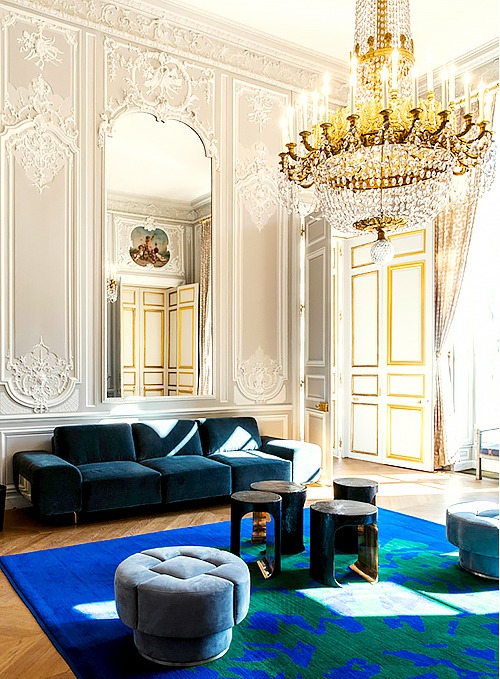
From decorative sets from the 17th and 18th Centuries to more recent ones (19th and 20th Centuries), we restore the original works and add identical pieces.
It all starts with a meticulous survey of what is already in place. We study the characteristics of the original wood through precise and in-depth analyses. During transportation, we take great care to ensure the integrity of the parts and to maintain adequate humidity. The restoration wood is then selected based on the general appearance of the existing wood panels, and the overall harmony is preserved by the choice of wood species, grain, and direction of cut.
Ateliers Jean-Baptiste Chapuis bring together in one place the artisans involved in the different stages of restoration: carpentry, ornamental sculpture, and gilding. We also work on occupied sites with other trades for large-scale projects. We ensure the coordination of the teams as well as the maintenance of accessibility and the life of the place.


Furniture
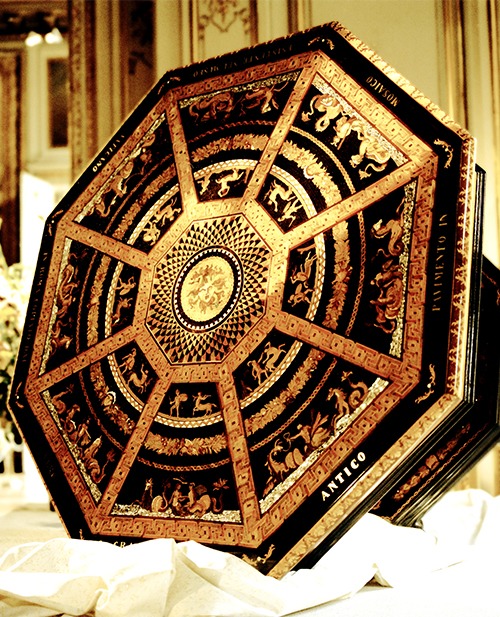
Restoring antique furniture is a unique skill, an inheritance of centuries of woodworking. The restoration artist’s role is to understand and integrate the original artist’s way of thinking and their techniques, embracing them fully for complete fidelity to the work.
The first step is to determine the origin of the piece, its author, date, and the techniques used. Some works require extensive research both on the piece itself and in the library to uncover all its subtleties. By doing this, Jean-Baptiste Chapuis Ateliers have rediscovered the manufacturing and application process of certain varnishes used in the 18th Century, as well as an ivory tinting process used by 17th Century cabinetmakers.
To determine authenticity and search for possible missing items, infrared and ultraviolet photography techniques are used. We also conduct laboratory analyses of old glues and colours. A detailed study of the furniture allows us to establish what interventions should be carried out.
The restoration work itself consists of intervening in a meticulous way on the frame of the piece (carpentry, sculpture), then on its plating (cabinetry, marquetry), and finally on its finish (varnishing, gilding).
For certain pieces of furniture that have undergone numerous transformations, it may be more appropriate to “keep” the work. Depending on its history and use, rather than fully restoring its original condition we offer a renovation that does not erase the marks of time and modifications (conservation). These reversible measures allow the possibility of subsequent interventions.


Parquet
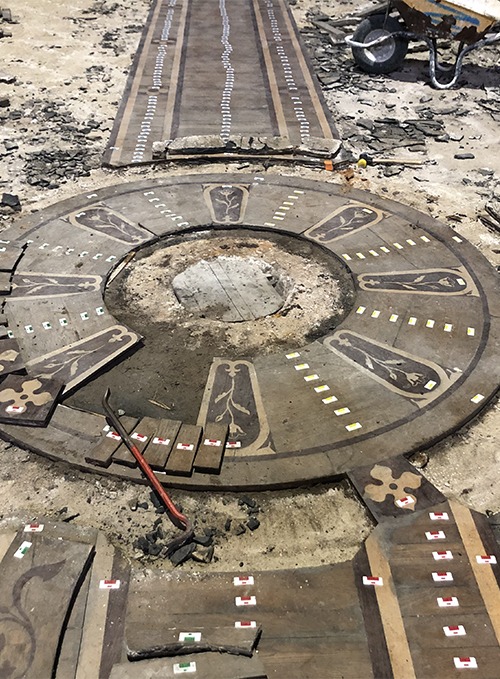

For the renovation and restoration of old parquet floors, we work on all types of wooden floors: parquet floors with compartments in the form of panels, also called Versailles parquet; French parquet, typical of the 17th and 18th Century, assembled by tenons and mortises; or parquet flooring in the form of strips (Haussmannian parquet, in Hungarian point, with broken sticks), inlaid parquet floors, in “wood from the Islands” or in solid oak…
For each site, the old parquet is removed and cleaned. After this process, each part is analysed and classified according to the work necessary for its repair.
Each piece is chosen from a quality wood according to its use and inspected by sight. For the finishes, brushing new wood opens its pores to give it an aged appearance before tinting to match the original.
The wood then undergoes a fungicide and insecticide treatment to ensure its durability. In accordance with traditional aesthetics and techniques, it is waxed or varnished with natural and approved products.







